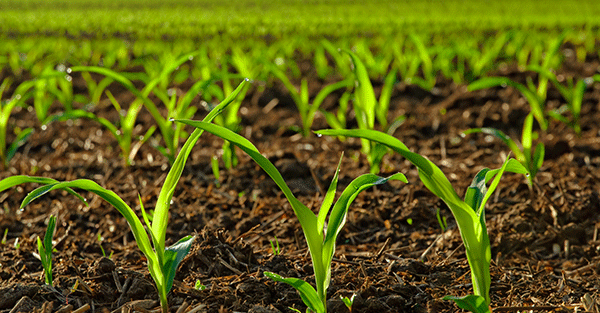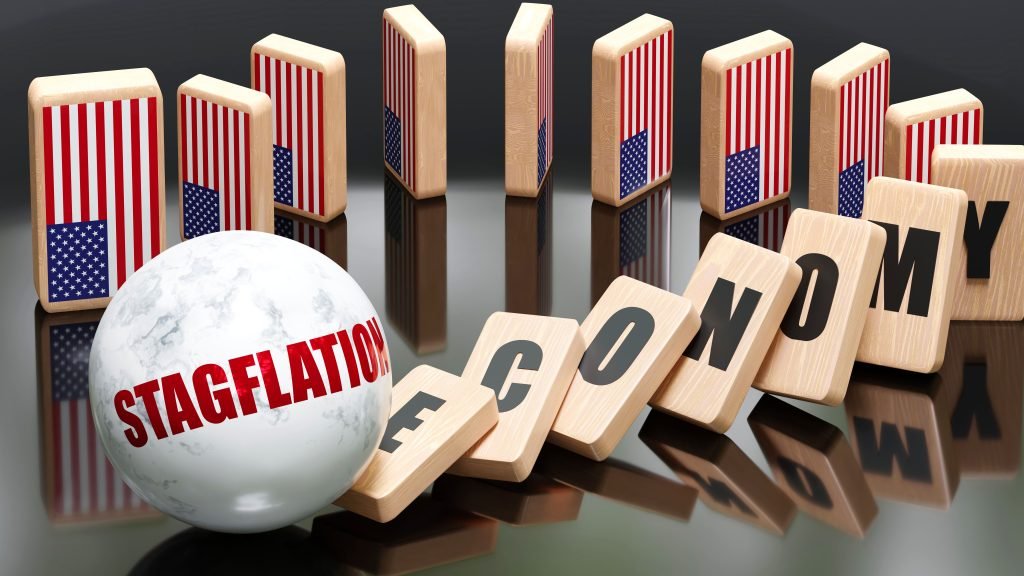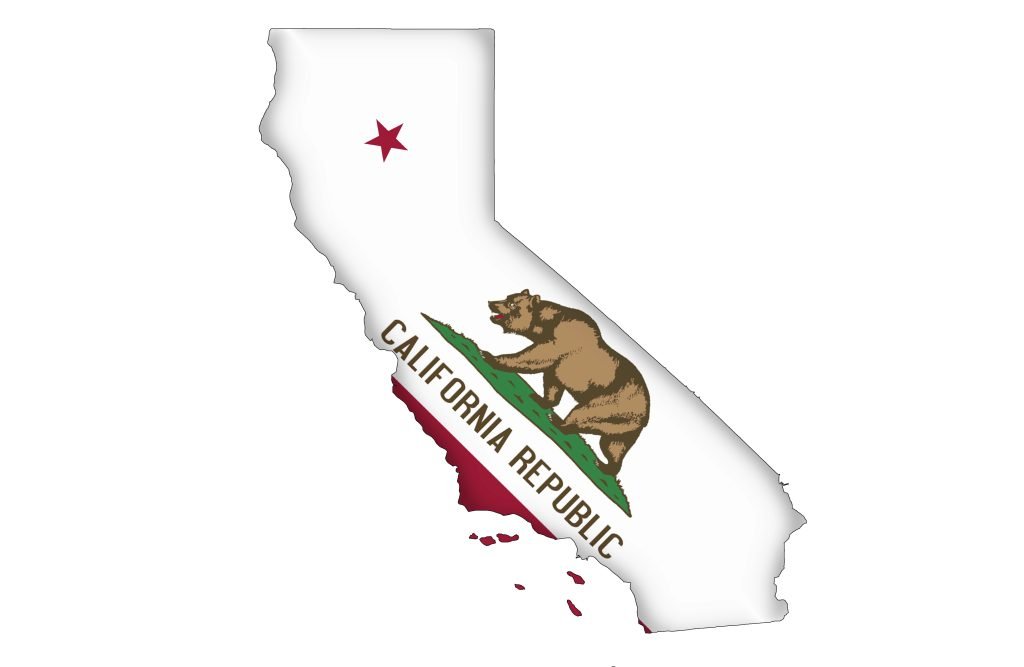November 20, 2014
Sovereign Valley Farm, Chile
As we discussed yesterday, the world has certainly gotten itself into a serious pickle.
World population growth and economic trends are causing food demand to soar.
Demographers tell us that over 200,000 people will be present at the dinner table tonight who weren’t even alive yesterday.
And with over a billion people having been lifted out of poverty in the developing world (and more to follow), people are eating more food (and more resource intensive foods like meat) than ever before.
At the same time, farm yields have peaked in the developed world. Science has managed to extract from the ground as much as the earth can give.
Many farmers are quitting the business altogether thanks to rising input costs and absurd regulation, and the amount of farmland is in clear decline.
The arithmetic here is quite simple: the demand for food Calories is rising while the ability to provide those food Calories is falling.
This suggests rising food prices over the long-term, and potentially even shortages.
But behind this uncomfortable data is a clear opportunity: if demand for food is increasing while the supply of farmland is in decline, then high quality farmland is an obvious asset to own.
The question is: where? Not all farmland is created equal.
In fact, much of the farmland in the developed West is already at or near an all-time high, and much of it lacks available water.
Having traveled to over 110 countries, I’ve looked at farmland across the world to see where is the best mix of soil quality, secure water, land title rights, favorable weather, developed infrastructure, labor and land costs, etc.
Far and away the best opportunities lie overseas. And below are some of my top picks which are presently underdeveloped:
CHILE
Farmland in Chile is already inexpensive when compared to North America or Europe; what would cost $15,000 per acre in California would cost barely $5,000 in Chile.
Yet at the same time, the productive output is just as high, if not higher. The weather here is temperate, the soil quality is off the charts, and the all-important land title rights provide clear protection for foreign owners.
PERU
If land in Chile is cheap, it’s even cheaper in Peru. That said, the two countries are entirely different. Peru is still the wild west; there’s very little infrastructure and a million ways to get screwed by locals.
But by comparison, Perus is enormous. And climatically Peru is like a natural greenhouse– steady, constant temperatures year-round that in many cases can double or triple an annual crop yield.
(The downside of this is that Peru lacks the cold hours necessary to properly grow certain stone fruits or develop the sugars which sweeten many foods).
COLOMBIA
As you can imagine, land in Colombia is even cheaper than in Peru. And if you believe the conventional wisdom about the country’s stability, Colombia is even more Wild West.
One of the reasons that Colombia is so full of opportunity is because it’s on few people’s radars as an agriculture option. Yet many of the highland areas provide ideal climate, soil, and water conditions for an abundance of crops to thrive, yet with ultra-low investment costs.
And the government is on an all-out rampage trying to attract investment dollars with generous incentives for foreigners who brave the “Colombia stigma” and come to the country.
MYANMAR
Asia’s greatest agricultural treasure trove is in Myanmar right now; the country is vast and boasts climate zones as diverse as Chile’s, so you can grow just about anything.
Labor costs are almost nothing, and the government is on a clear push to lift restrictions on foreign asset ownership (foreign companies can already lease land for up to 70 years based on a 2012 law).
It’s still completely virgin; Myanmar lacks critical infrastructure or even a functioning financial system, so it’s toally ground floor. But the long-term potential is enormous.
Each of these places has the potential to become an agricultural powerhouse and slow this disturbing food production trend. And this is important.
All the traditional food exporters in the world (like the US) are tapped out. So if there is to be any serious growth in global food production, it absolutely MUST be from up and coming locations that are currently off the radar.
Chile, Peru, Colombia, and Myanmar are four among some of the top countries (there are others) which have all of the right characteristics, including CHEAP LAND. This is a critical variable.
And from my vantage point as a fund manager overseeing agricultural investments, I’m already noticing hundreds of millions of dollars being raised by funds to acquire land in these areas.
And these are the early ones. I expect much more capital will follow behind.
Given this surge of funds, I have no doubt that that the market will eventually correct this anomaly, and we’ll see much higher land prices in the coming years.
The global land rush has begun. So if you’re interested in investing in agriculture, these are some of the places to start looking.








